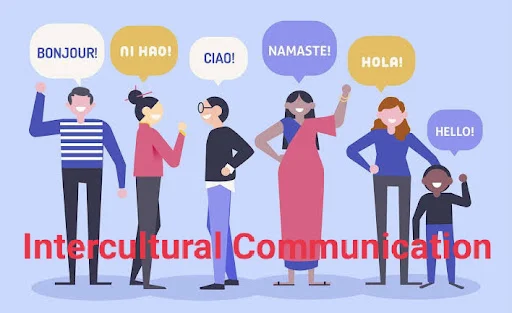Annexure 1: Glossary of Terms: Definitions of Key Business Communication Terminology
Annexure 1: Glossary of Terms
Definitions of Key Business Communication Terminology
-
Agenda
A list of topics or activities to be discussed or acted upon during a meeting or event. -
Active Listening
The practice of attentively listening to a speaker, understanding their message, and responding thoughtfully. -
Audience Analysis
The process of understanding the characteristics, needs, and expectations of the communication recipients to tailor messages effectively. -
Barriers to Communication
Obstacles that hinder the effective transmission or reception of a message, including physical, psychological, semantic, and organizational barriers. -
Body Language
Non-verbal communication using gestures, facial expressions, posture, and eye movements to convey messages. -
Business Correspondence
Any written communication used in the business context, such as letters, memos, emails, and reports. -
Clarity
The quality of being easily understood. In communication, it refers to using clear, concise, and unambiguous language. -
Conciseness
The use of as few words as necessary to convey a message effectively without sacrificing clarity or meaning. -
Conflict Resolution
A communication strategy used to resolve disagreements or disputes in a constructive and professional manner. -
Cross-Cultural Communication
The process of recognizing and addressing differences in communication styles, norms, and expectations across different cultures. -
Downward Communication
Messages that flow from upper levels of the organizational hierarchy to lower levels, typically involving instructions, policies, or feedback. -
Email Etiquette
The set of rules and guidelines for composing and responding to emails professionally and respectfully. -
Encoding
The process by which the sender translates thoughts or feelings into a message (words, symbols, or gestures) to be communicated. -
Decoding
The process by which the receiver interprets and understands the sender’s message. -
Feedback
The receiver’s response to a message that allows the sender to know whether the communication was successful. -
Formal Communication
Official communication that follows the established organizational structure and procedures. -
Grapevine
An informal communication network within an organization that spreads information, often rapidly but sometimes inaccurately. -
Horizontal Communication
The flow of information between individuals or departments at the same level within an organization. -
Interpersonal Communication
Direct, face-to-face communication between two or more people involving verbal and non-verbal interaction. -
Jargon
Specialized language or terminology used by a particular profession or group that may not be easily understood by others. -
Listening Skills
The ability to accurately receive and interpret messages during the communication process. -
Memo (Memorandum)
A written internal communication used for short messages or updates within an organization. -
Minutes of Meeting (MoM)
A written record of what was discussed, agreed upon, and assigned during a meeting. -
Noise
Any external or internal interference that distorts or disrupts the clarity and effectiveness of a message. -
Non-Verbal Communication
Communication without words, including body language, facial expressions, tone of voice, and gestures. -
Persuasive Communication
The use of messages aimed at influencing the attitudes or behaviors of others. -
Proxemics
The study of personal space in communication and how distance affects interactions. -
Report
A structured, formal document presenting information, findings, and recommendations for business purposes. -
Sender
The individual or group who initiates the communication process by creating and sending a message. -
Tone
The emotional quality or attitude conveyed in spoken or written communication. -
Upward Communication
Information that flows from lower levels of an organization to higher levels, often including feedback, suggestions, or reports. -
Verbal Communication
The use of spoken or written words to convey a message. -
Visual Communication
The conveyance of ideas and information through visual aids like charts, graphs, diagrams, and images. -
Written Communication
Messages conveyed through written symbols (letters, memos, emails, reports) which are recorded and can be referred to later.






Comments
Post a Comment
"Thank you for seeking advice on your career journey! Our team is dedicated to providing personalized guidance on education and success. Please share your specific questions or concerns, and we'll assist you in navigating the path to a fulfilling and successful career."